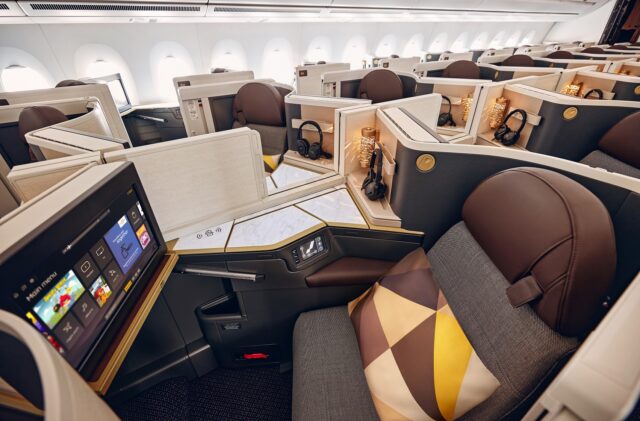Beta Technologies eyes multiple defence variants of its proven ALIA aircraft, including an uncrewed drone

October 20, 2025

Beta Technologies is developing a family of electric and hybrid aircraft for both the civil and military markets, positioning itself as a future supplier of tactical logistics and resupply aircraft for the US armed forces.
At the core of this effort is a hybrid variant aimed at meeting the Pentagon’s need for runway-independent aircraft capable of moving supplies in contested environments.
The MV250: Beta’s hybrid-electric aircraft for US defence logistics
The centrepiece of Beta’s defence strategy is the MV250, an uncrewed, hybrid-electric vertical take-off and landing aircraft designed for tactical logistics and resupply in contested environments.
Drawing directly from the ALIA platform, the MV250 has been tailored to meet emerging military requirements for long-range, low-heat and low-noise signature operations with the ability to operate autonomously. According to Beta’s recent IPO filing, the company’s cargo and logistics customers have “capability specifications that stack up closely with specifications from the U.S. military for their next-generation aircraft.”
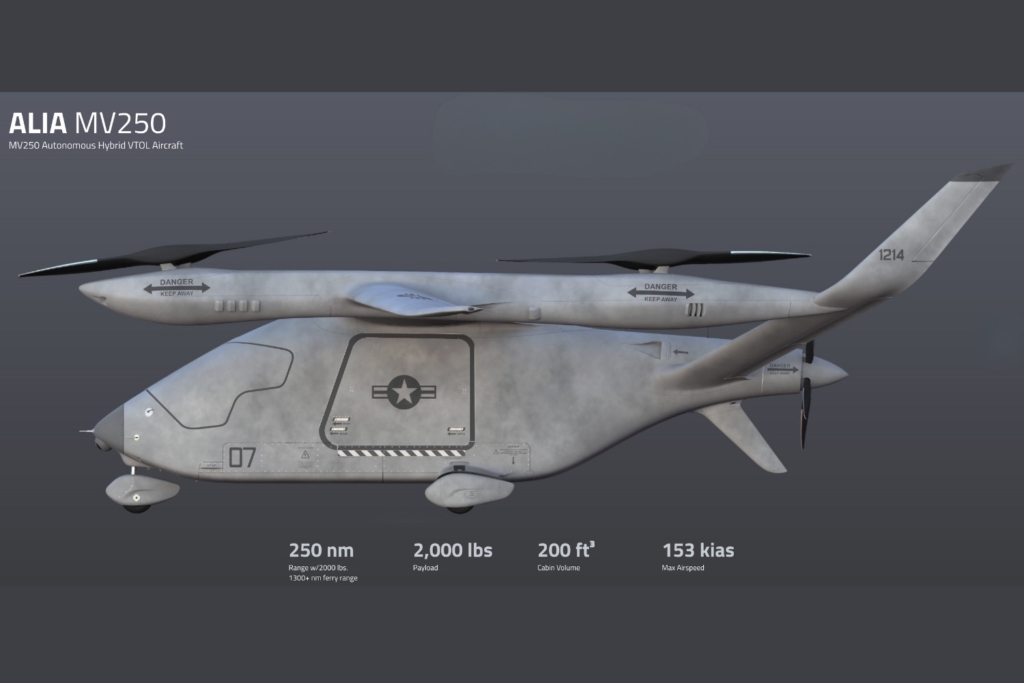
“We expect multiple military branches to use ALIA defense VTOLs in their operations,” the filing states. “We remain a candidate for the USMC’s Aerial Logistics Connector program, which seeks to fill the large size class for contested logistics. Additionally, the Army established the Contested Logistics Cross-Functional Team under Army Futures Command to generate requirements that will drive future programs of record.”
The MV250 is expected to carry up to one ton (approximately 2,000 lbs) of cargo over 250 nautical miles, priced between $5–10 million. Beta says it will offer “operating cost benefits over existing aircraft models,” giving commanders a more sustainable and economical alternative to traditional rotary platforms.
The aircraft’s hybrid-electric powertrain is being co-developed with GE Aerospace, which has invested $300 million in Beta. As outlined in the IPO, the new hybrid turbogenerator is designed “for defence and civil applications,” with Beta and GE describing the collaboration as a strategic advancement in leveraging hybrid-electric propulsion systems for longer range, higher speed, reduced fuel burn, and increased payload capacity.
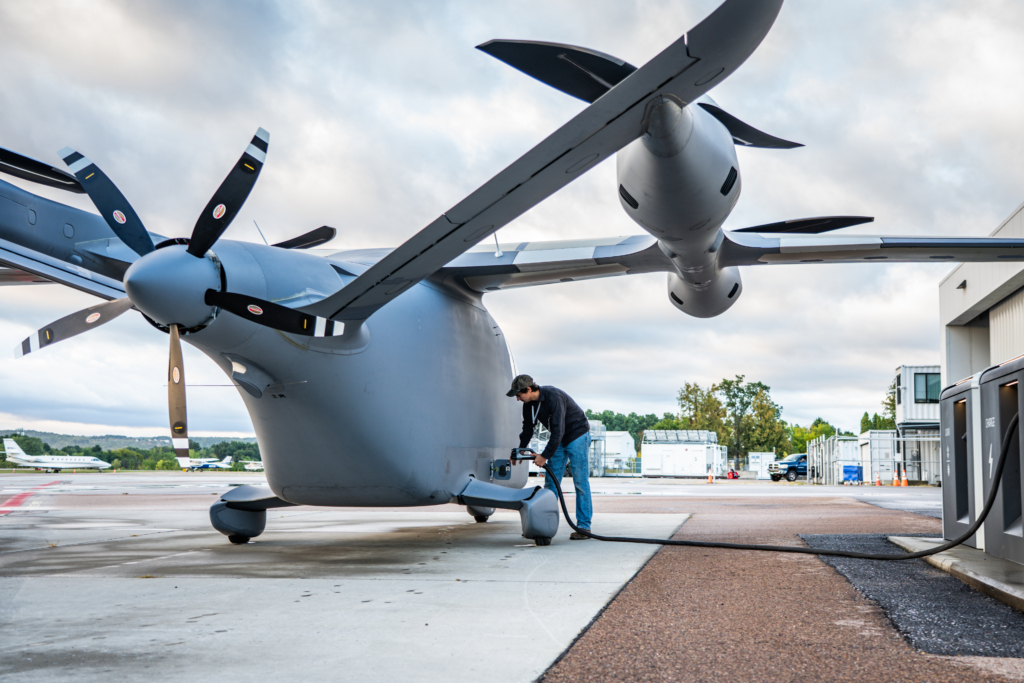
This partnership, Beta added, “reflects our commitment to adopting cutting-edge technology for sustained growth and operational efficiency.”
Unlike the FAA’s civil certification process, military certification applies mission-based standards of safety and performance. As Beta notes, this allows for faster fielding of new technologies:
“The U.S. military has the ability to operate the aircraft for a subset of test and demonstration missions prior to obtaining formal approval,” the company said, underscoring the near-term potential for the MV250 to enter limited operations.
Beta plans to offer other configurations for defence too
While the uncrewed MV250 is the centrepiece of Beta’s military ambitions, the company also intends to adapt its ALIA A250 eVTOL and ALIA CX300 CTOL aircraft for government and defence use. Both crewed models share common propulsion, flight control, and systems architecture with the MV250, giving the US military potential to scale across a single design family for multiple mission profiles.
The ALIA A250 is Beta’s fully electric vertical take-off and landing aircraft, designed to operate from austere environments without the need for runways. It can carry up to five passengers or equivalent cargo loads around 250 nautical miles and has an estimated energy cost of just $28 per hour, compared with more than $300 per hour for a conventional helicopter such as the Bell 407.
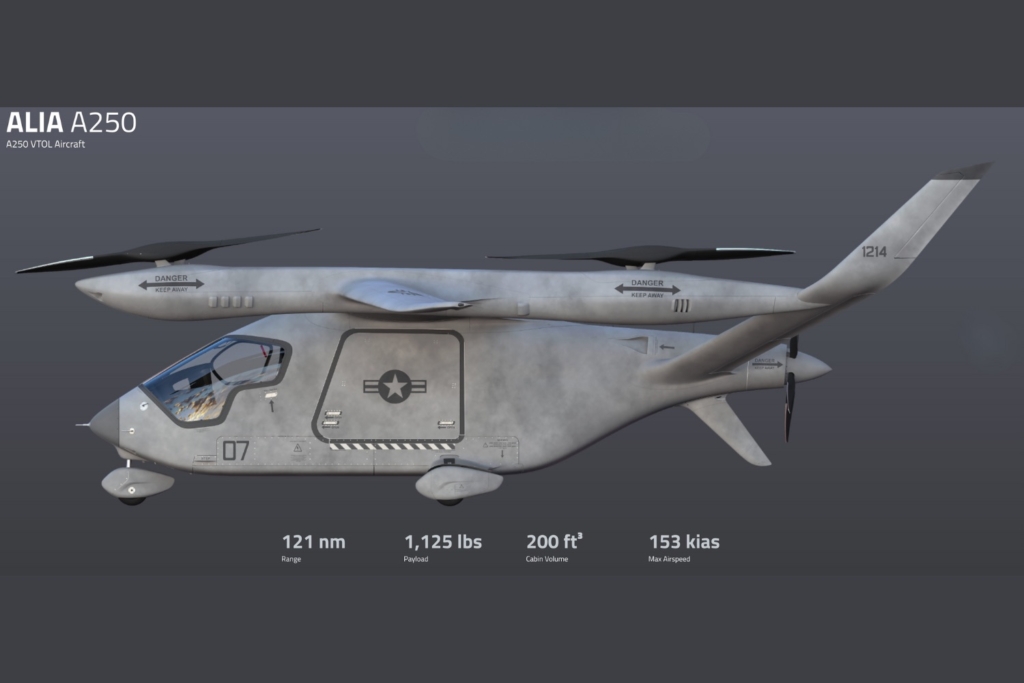
For military operators, this makes the A250 attractive for CASEVAC, light personnel transport, and dispersed logistics missions, especially where noise and heat signatures need to be minimised. The aircraft’s simple, efficient design and quiet operation have already drawn interest from emergency-response and air-ambulance customers, whose mission demands often mirror those of forward-deployed military units.
The ALIA CX300, meanwhile, offers a conventional take-off and landing (CTOL) configuration for established runways or semi-prepared strips. It can transport six passengers or 200 cubic feet of cargo, with a range of roughly 215 nautical miles, and is targeting FAA Part 23 certification in 2026–27.
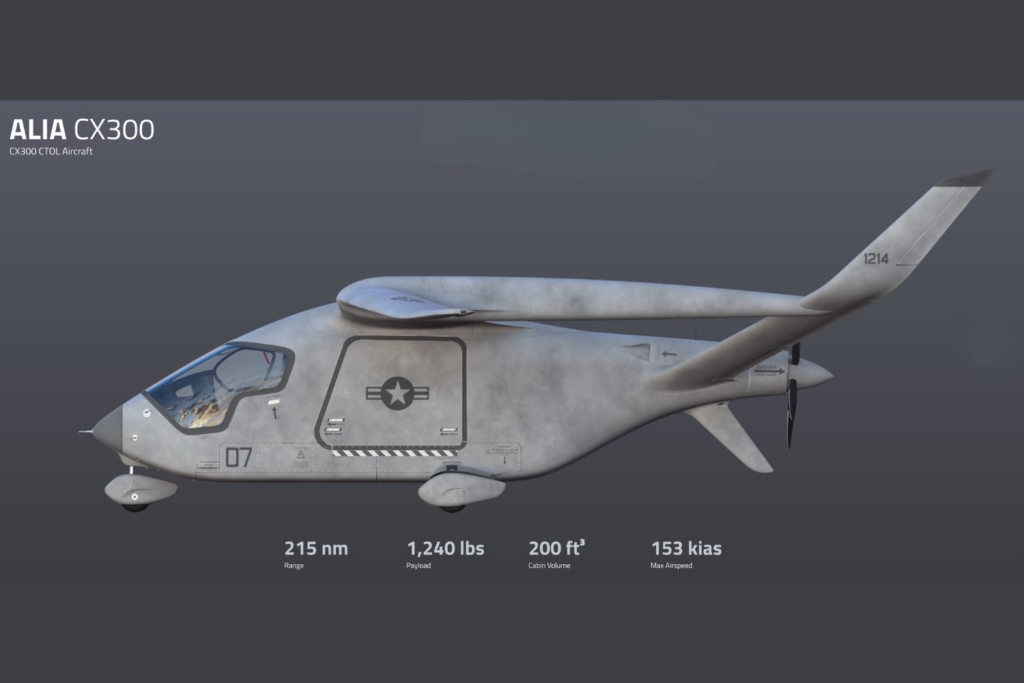
Beta says the CTOL version could be configured for intra-theatre logistics, training, and liaison roles, or act as a testbed for the military’s transition to electric-hybrid propulsion. The aircraft’s energy cost, about $18 per flight hour, is an order of magnitude lower than that of a Cessna 208 Caravan, making it an economical platform for repetitive short-haul missions.
Across all three configurations — CTOL, VTOL, and hybrid — Beta’s strategy is to provide a modular family of electric and hybrid aircraft capable of fulfilling complementary roles across the spectrum of tactical and expeditionary logistics. The shared architecture would simplify maintenance, spares, and training, while allowing the Pentagon to experiment with different mission profiles without committing to a single airframe type.
The US continues to seek autonomous airlift solutions
The Pentagon’s focus on runway-independent, autonomous airlift has intensified in recent years. The US Air Force’s Agility Prime and Marine Corps’ Distributed Aviation Operations initiatives both highlight the need for small, flexible, and survivable aircraft capable of operating in dispersed formations.
Leading eVTOL companies, including Archer and Joby have been working closely with the US Department of Defense to develop platforms that could suit these needs. Beta’s strategy differs in offering an integrated electric ecosystem spanning crewed, hybrid, and fully uncrewed aircraft.
But it’s not just emerging technologies that seek to fill this gap. For example, Sikorsky has transformed an ex-US Army UH-60L Black Hawk into a heavy-lift autonomous drone, while Radia has pitched its huge WindRunner aircraft as a potential solution for logistics, although autonomy has not been mentioned.
For now, the Pentagon’s level of commitment remains unconfirmed, but Beta’s combination of electric propulsion, hybrid endurance, and autonomous capability aligns closely with the US military’s push for sustainable, dispersed air mobility.
Featured Image: Bell Technologies



